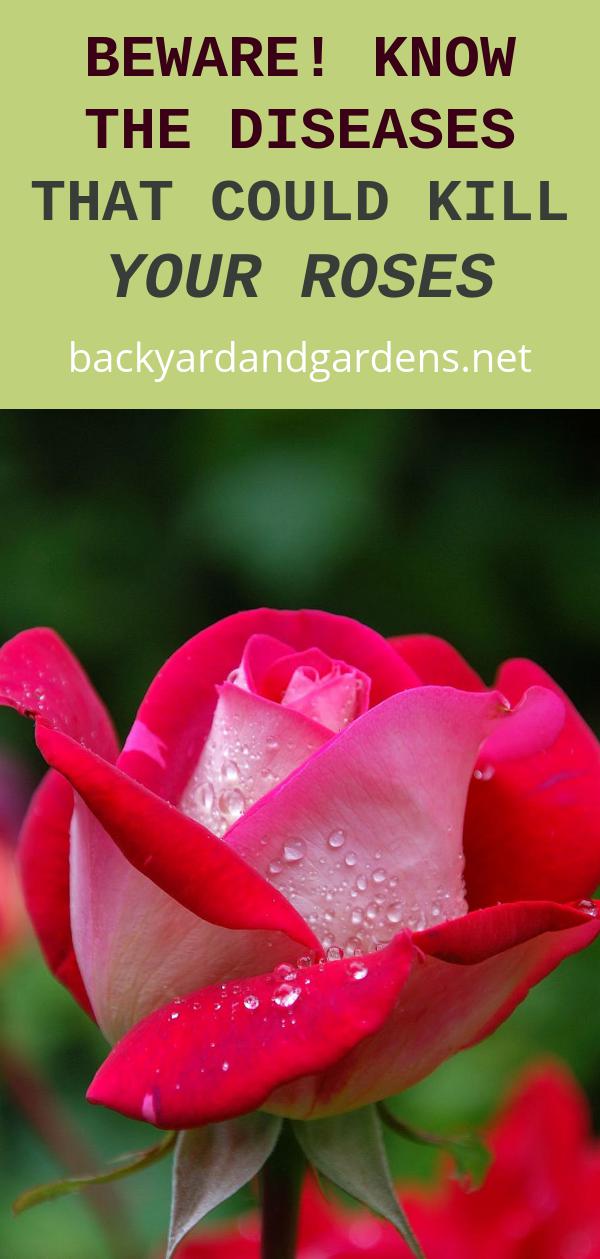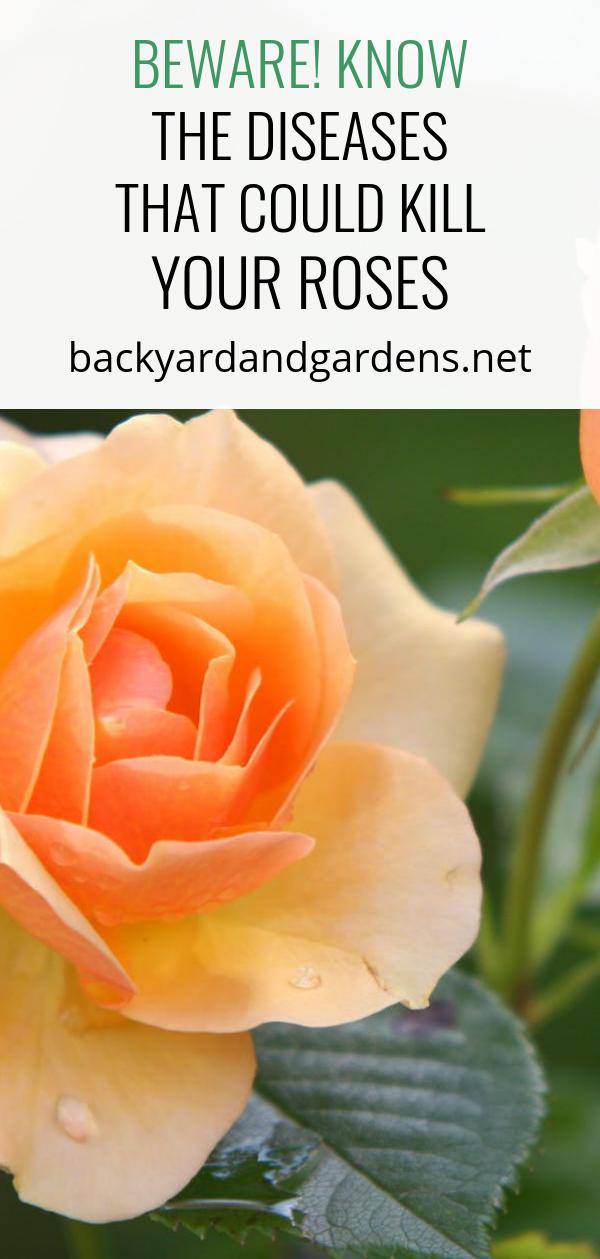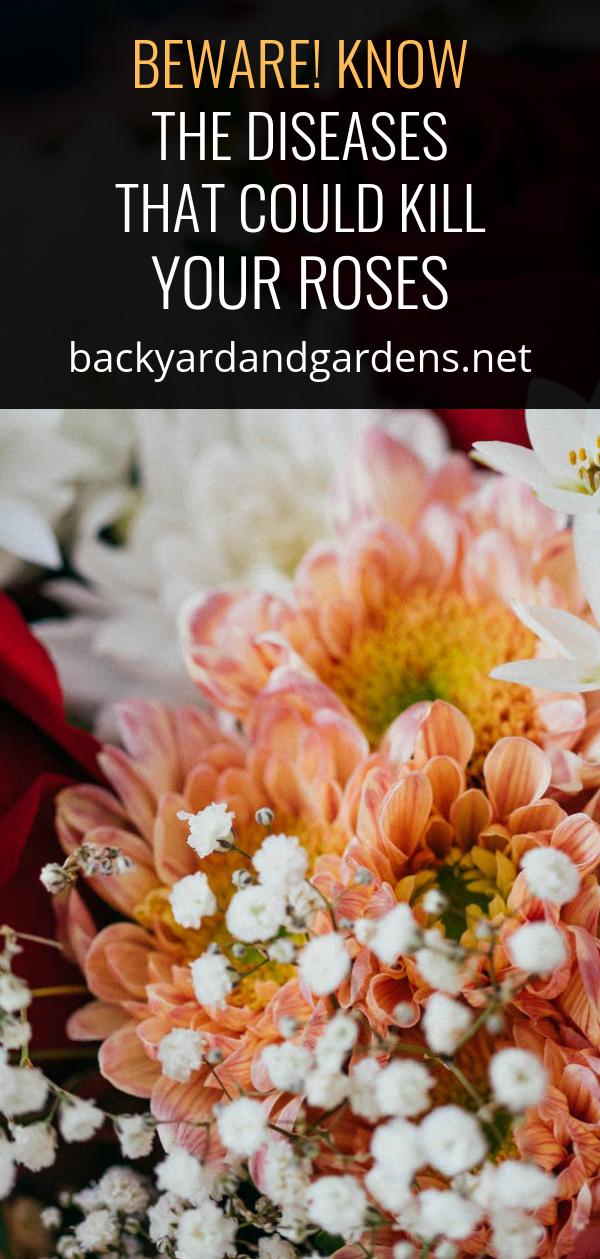Beware! Know the Diseases That Could Kill Your Roses
After working hard to grow a beautiful rose, your job is half done. Now you must protect it to maintain that beauty.
Roses can be weakened during the winter dormancy and become susceptible to disease when the growing season begins. Even among roses that survived winter unscathed, spring rains, and summer heat and humidity can open the door to a variety of infections.

Here is a summary of the most common diseases that pose a threat to your roses.
Rust
Rust is an orange powder, which appears on the undersides of leaves and will spread to other parts of the plant.
Powdery Mildew
This is a fungus disease that produces a white powder along the tops and bottoms of the leaves and along the stems. If untreated, the plant’s growth will be stunted, and the leaves will die and drop off.
Blackspot
The disease appears as circular black spots on the plant’s leaves ranging in diameter from 1/16 to 1/2 inch. Left untreated, blackspot will destroy your plant’s foliage. Hybrid tea roses are resistant to blackspot.
Rose Mosaic
Unlike most rose diseases, which are fungal in nature, Rose Mosaic is caused by a virus. Symptoms generally resemble discolored mosaic patterns in yellow and green. There is no cure for this disease. The treatment is to remove the infected plant from the garden. And remove all leaves and clippings that fell from the affected plant.
Rose Care Tips
If you are unable to stop the spread of fungus-based diseases by cutting back affected areas, see a garden supply professional for commercial fungus treatment products.
You can reduce the chances of your roses being affected by fungus if you follow these tips:
Always water the soil around the rose plant and never water the plant itself.
Clean your rose beds regularly and remove all clippings and fallen leaves.
Cut any diseased canes or blooms and dispose of them in your trash can.
Practice regular pruning, with special attention to pruning the center of the bushes to allow air circulation.
Seal all cuts. Elmer’s Glue works fine. It’s safe, effective, and cheap.

Feed your roses regularly. Well-fed roses are better able to resist infection.
Choose disease-resistant roses whenever possible, especially if you live in a hot, humid climate. Remember that disease-resistant does not mean disease-free, just that there is less chance of it becoming infected.
